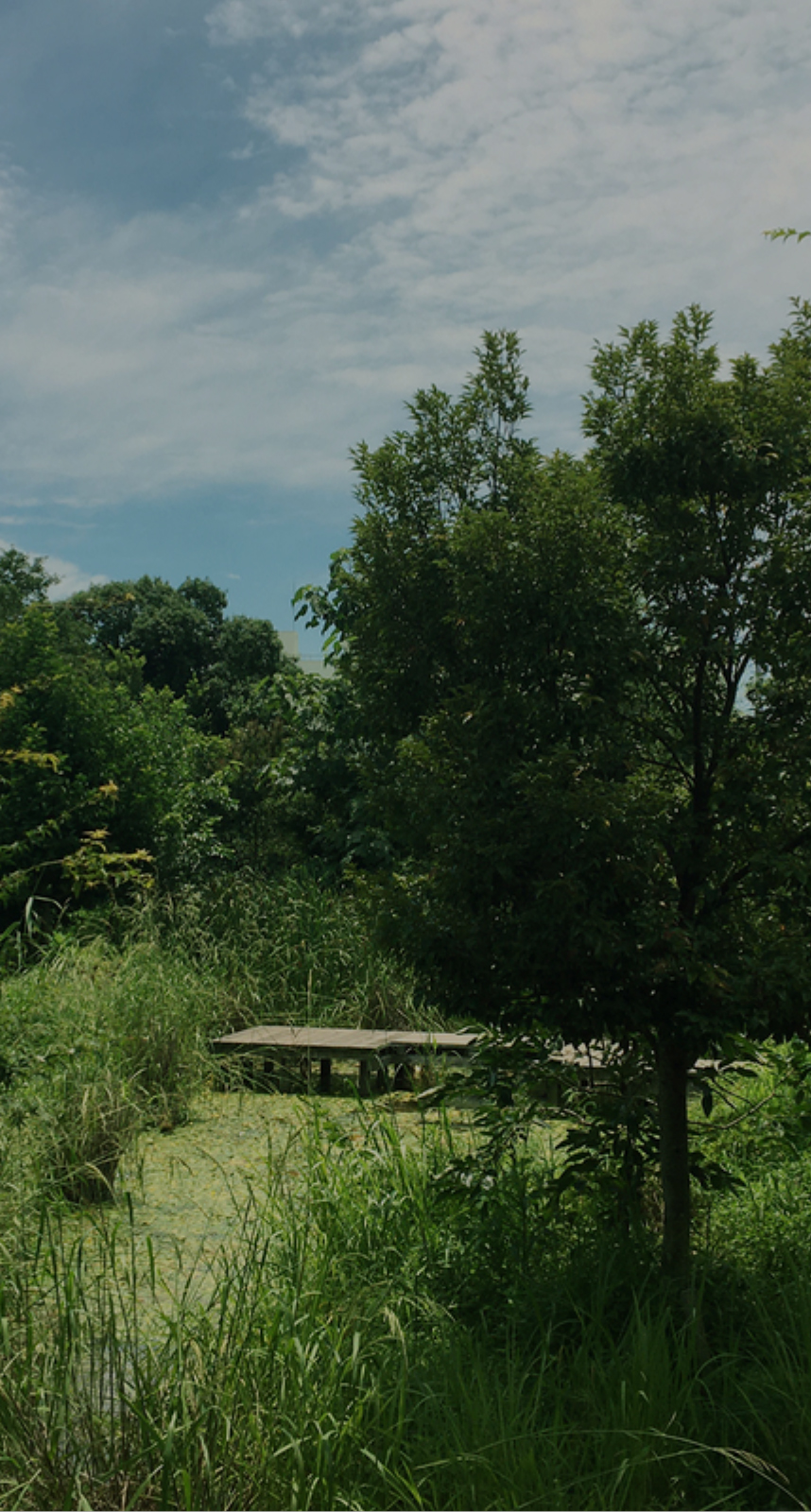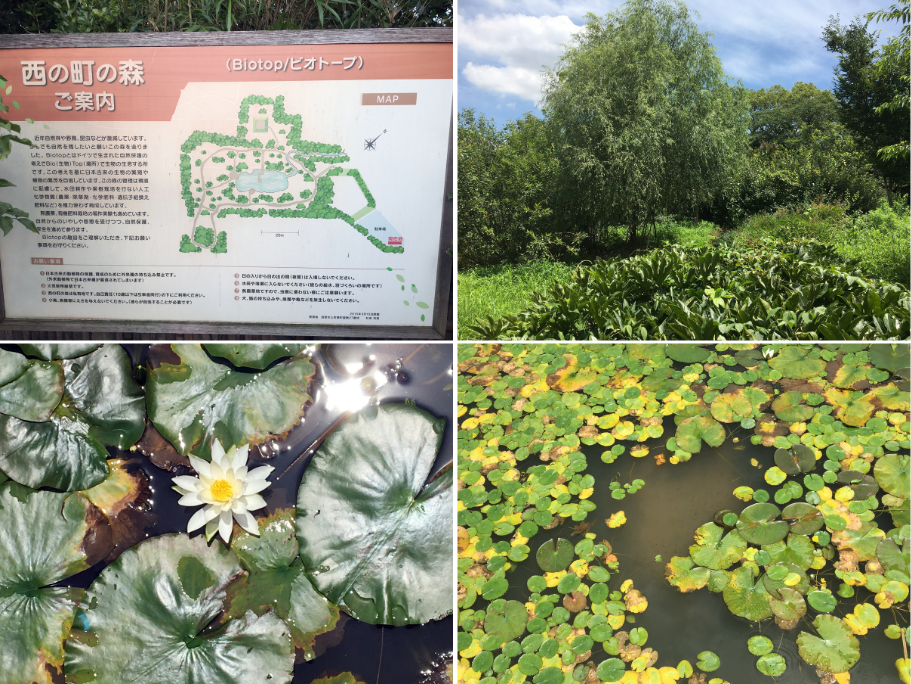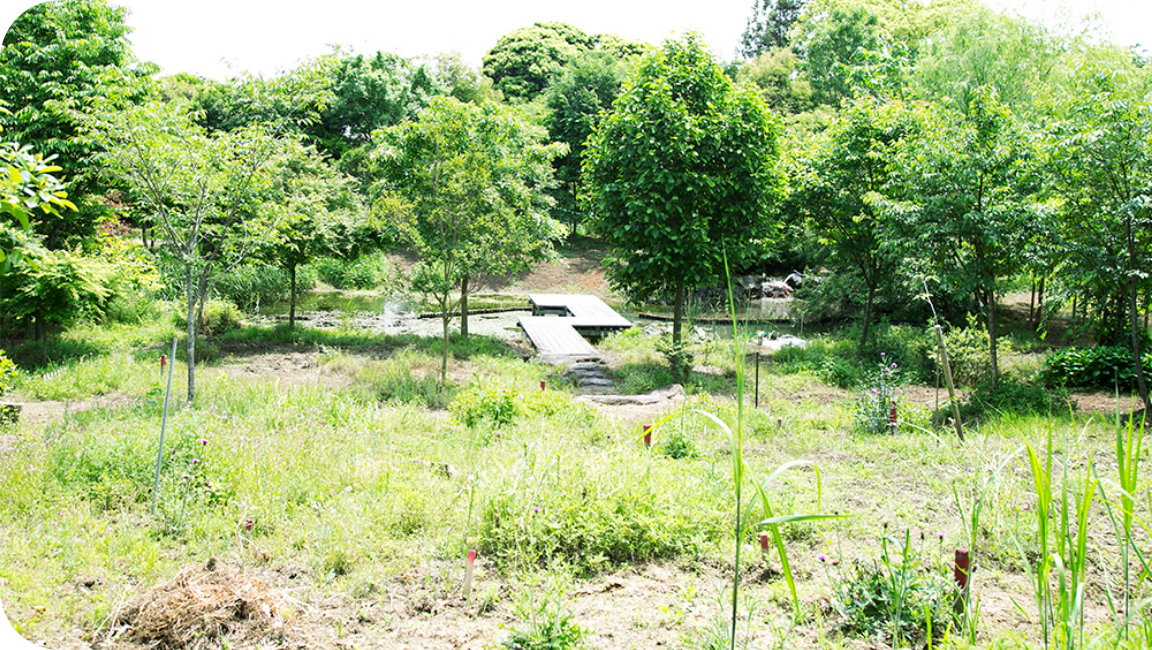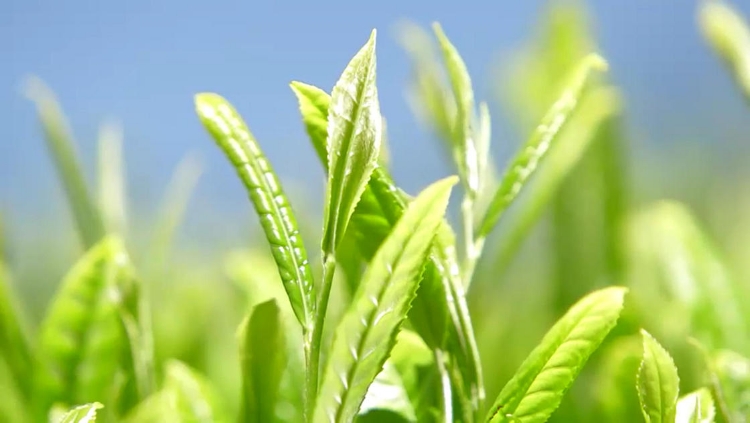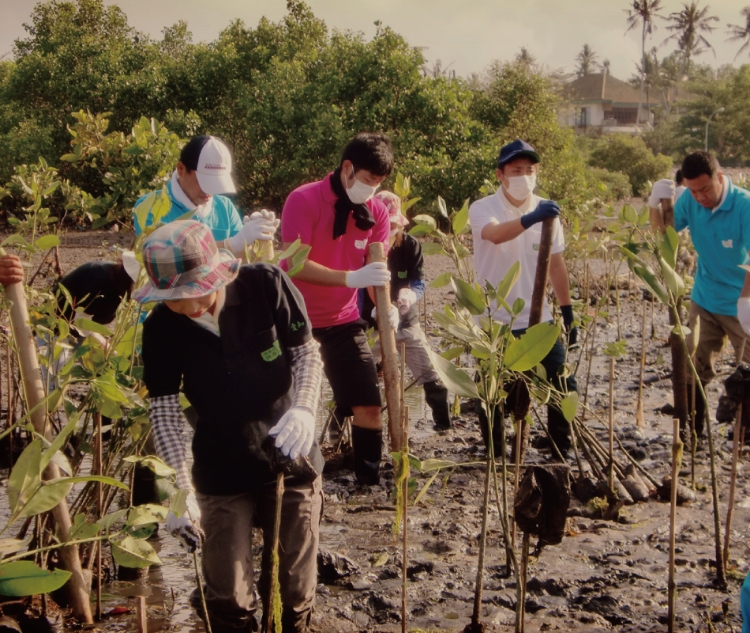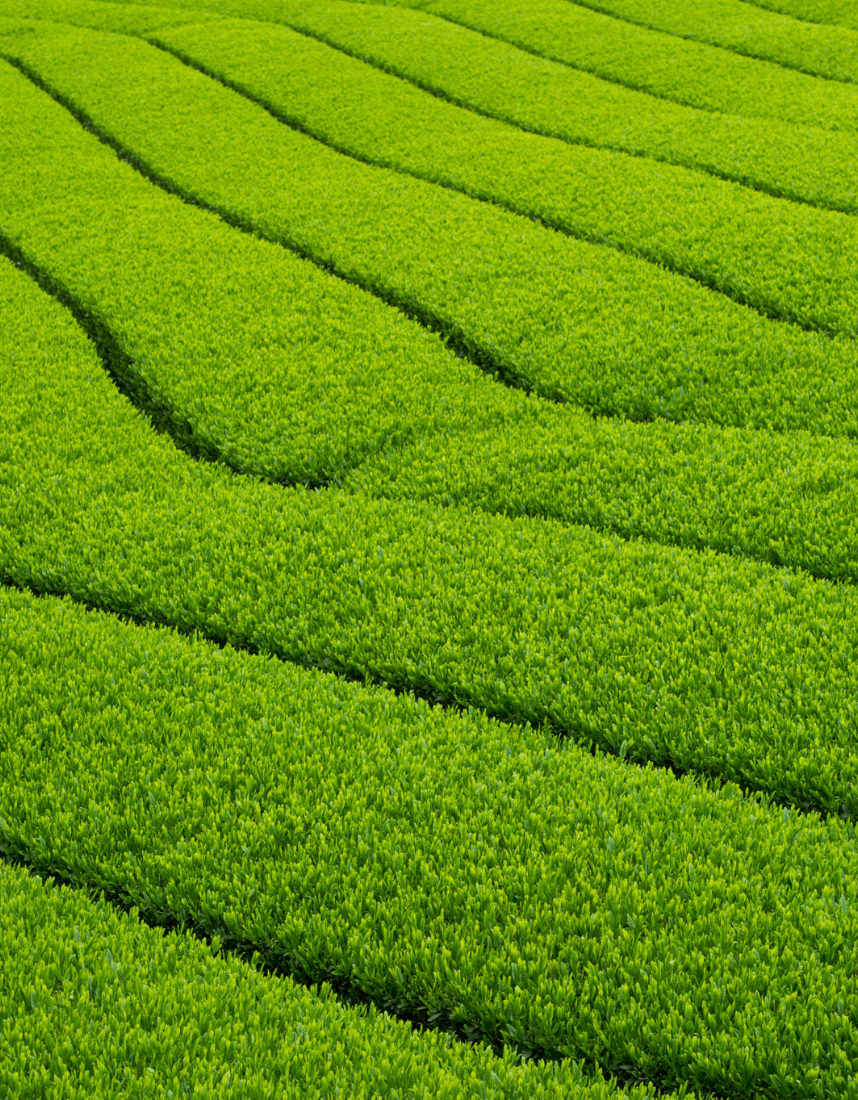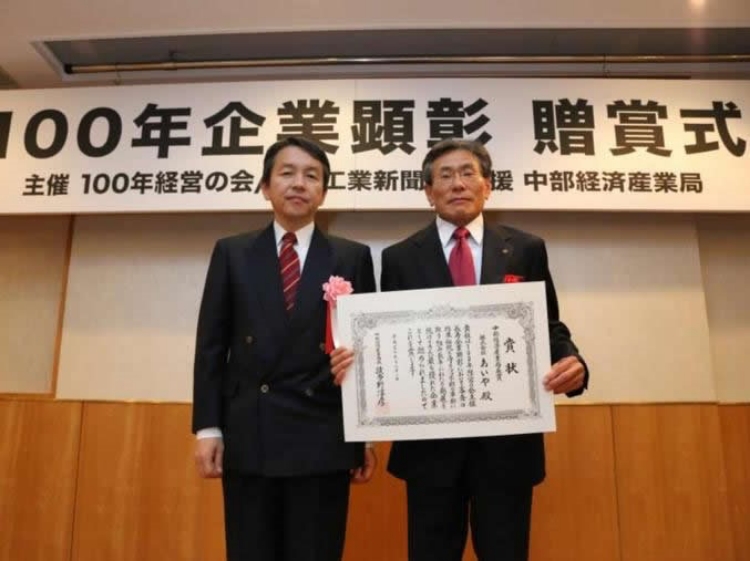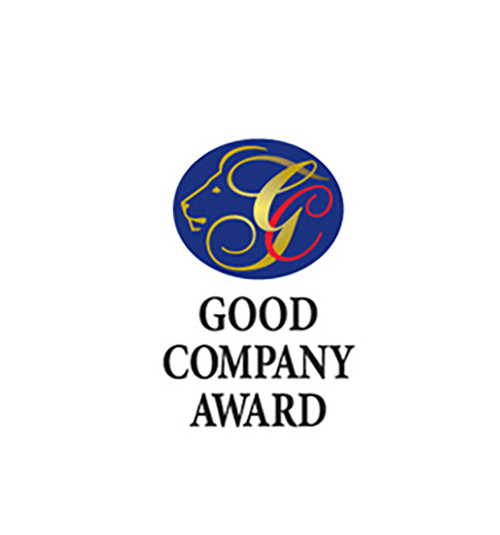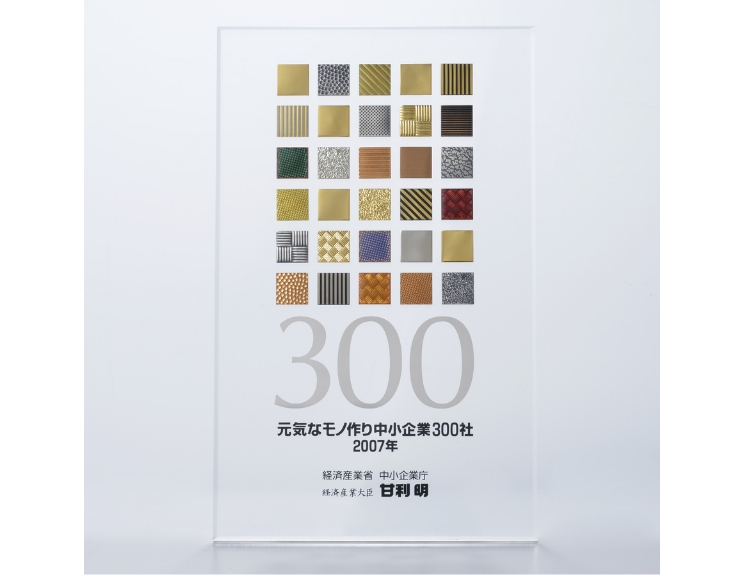About Aiya's activities
We are actively engaged in environmental initiatives
>Nishinomachi Forest Biotope >Environmental Initiatives >Awards
[Food loss and waste reduction policy]
Aiya Co., Ltd. strives to reduce food loss and waste by utilizing raw materials without wasting them, ensuring proper management in each process from manufacturing to shipping.
Aiya Co., Ltd. Representative Director and President Takeo Sugita


